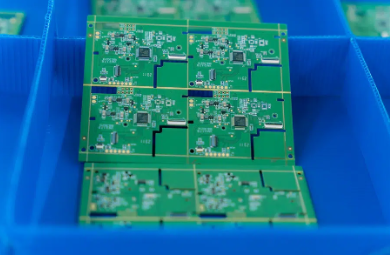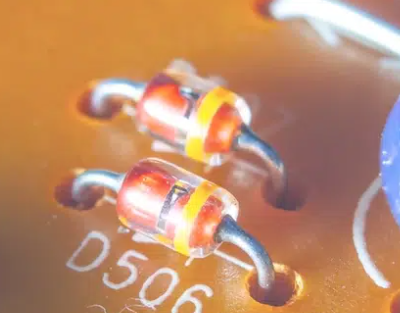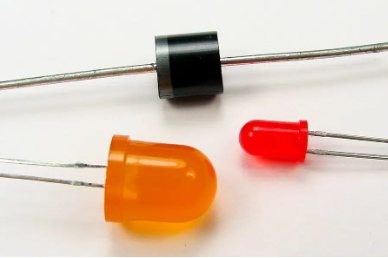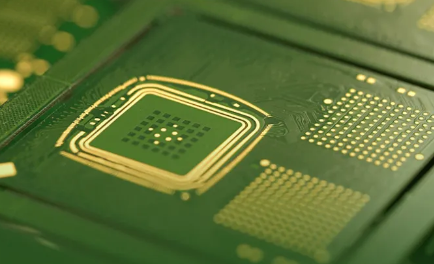Gartner reports worldwide PC shipments declined 4.3% in 4Q18 and 1.3% for the year
Worldwide PC shipments totaled 68.6 million units in the fourth quarter of 2018, a 4.3 percent decline from the fourth quarter of 2017, according to preliminary results by Gartner, Inc. For the year, 2018 PC shipments surpassed 259.4 million units, a 1.3 percent decline from 2017. Gartner analysts said there were signs for optimism in 2018, but the industry was impacted by two key trends.
“Just when demand in the PC market started seeing positive results, a shortage of CPUs (central processing units) created supply chain issues. After two quarters of growth in 2Q18 and 3Q18, PC shipments declined in the fourth quarter,” said Mikako Kitagawa, senior principal analyst at Gartner. “The impact from the CPU shortage affected vendors’ ability to fulfill demand created by business PC upgrades. We expect this demand will be pushed forward into 2019 if CPU availability improves.”
“Political and economic uncertainties in some countries dampened PC demand,” Ms. Kitagawa said. “There was even uncertainty in the U.S. — where the overall economy has been strong — among vulnerable buyer groups, such as small and midsize businesses (SMBs). Consumer demand remained weak in the holiday season. Holiday sales are no longer a major factor driving consumer demand for PCs.”
The top 3 vendors boosted their share of the global PC market as Lenovo, HP Inc. and Dell accounted for 63 percent of PC shipments in the fourth quarter of 2018, up from 59 percent in the fourth quarter of 2017 (see Table 1).
Lenovo surpassed HP Inc. to move into the No. 1 position in the global PC market in the fourth quarter of 2018. A major factor for Lenovo’s share gain was credited to a joint venture with Fujitsu formed in May 2018. Lenovo also had a strong quarter in the U.S. The company has recorded three consecutive quarters of double-digit year-over-year shipment growth, despite the stagnant overall market.

The fourth quarter of 2018 was a challenging one for HP Inc. The company experienced a shipment decline after four consecutive quarters of growth. HP Inc.’s shipments declined in most key regions, except Asia/Pacific and Japan. Dell registered positive growth as the company outperformed in EMEA and Japan, but it experienced a decline in Asia/Pacific and Latin America.
In the U.S., PC shipments totaled 14.2 million units in the fourth quarter of 2018, a 4.5 percent decline from the fourth quarter of 2017 (see Table 2). Four of the top six vendors experienced a decline in U.S. PC shipments in the fourth quarter of 2018. Lenovo’s growth was well above the U.S. average while Dell’s shipments increased slightly compared with a year ago. The overall decline in the U.S. was attributed to weak consumer demand despite holiday season sales as well as SMBs.
“The fourth quarter is typically a buying season for small office/home office (SOHO) and small business buyers in the U.S. as they want to use up the untouched budget before the tax year ends,” said Ms. Kitagawa. “Our early indicator showed that SOHO and small business buyers held off on some new PC purchases due to uncertainties around the political and economic conditions.”

PC shipments in EMEA totaled 20.9 million units in the fourth quarter of 2018, a 3.8 percent decline year over year. There were some positive signs, such as in Western Europe’s demand for desktops and ultramobiles that fueled SMB shipments, while the government sector also benefited from further Windows 10 renewals. Demand in Russia continued to recover, and some parts of Eastern Europe, such as the Czech Republic and Hungary. However, demand was not strong enough to offset declining shipments to consumers.
The Asia/Pacific PC market totaled 24.2 million units in the fourth quarter of 2018, a 4.6 percent decline from the fourth quarter of 2017. Due to uncertainties of the U.S.-China trade relations, and the volatile equity market, there was cautionary demand, especially among consumers and the SMB segment. In the fourth quarter of 2018, PC shipments in China declined 2.5 percent year over year, but shipments grew 5.6 percent sequentially.
Seventh Consecutive Year of Worldwide PC Shipment Decline
For the year, worldwide PC shipments totaled 259.4 million units in 2018, a 1.3 percent decrease from 2017 (see Table 3). This was the seventh consecutive year of global PC shipment decline, but it was less steep compared with the past three years.
“The majority of the PC shipment decline in 2018 was due to weak consumer PC shipments. Consumer shipments accounted for approximately 40 percent of PC shipments in 2018 compared with representing 49 percent of shipments in 2014,” Kitagawa said. “The market stabilization in 2018 was attributed to consistent business PC growth, driven by Windows 10 upgrade.”

These results are preliminary. Final statistics will be available soon to clients of Gartner’s PC Quarterly Statistics Worldwide by Region program. This program offers a comprehensive and timely picture of the worldwide PC market, allowing product planning, distribution, marketing and sales organizations to keep abreast of key issues and their future implications around the globe.
在线留言询价

What is “component placement” in PCB?

15 Common PCB Circuit Effects
- 一周热料
- 紧缺物料秒杀
| 型号 | 品牌 | 询价 |
|---|---|---|
| MC33074DR2G | onsemi | |
| BD71847AMWV-E2 | ROHM Semiconductor | |
| RB751G-40T2R | ROHM Semiconductor | |
| CDZVT2R20B | ROHM Semiconductor | |
| TL431ACLPR | Texas Instruments |
| 型号 | 品牌 | 抢购 |
|---|---|---|
| TPS63050YFFR | Texas Instruments | |
| BU33JA2MNVX-CTL | ROHM Semiconductor | |
| BP3621 | ROHM Semiconductor | |
| IPZ40N04S5L4R8ATMA1 | Infineon Technologies | |
| STM32F429IGT6 | STMicroelectronics | |
| ESR03EZPJ151 | ROHM Semiconductor |
- 周排行榜
- 月排行榜
AMEYA360公众号二维码
识别二维码,即可关注


























